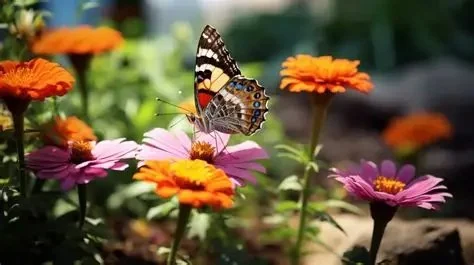
- 1. Designing Your Butterfly Pathway
- 2. Best Plants to Attract Butterflies
- 3. Creating the Pathways for Butterflies
- 4. How to Maintain Your Butterfly Garden
- 5. Common Mistakes to Avoid When Creating a Butterfly Pathway
1. Designing Your Butterfly Pathway
Creating a butterfly pathway in your garden is a wonderful way to bring nature closer to home. The first step in designing a butterfly pathway is selecting the right location. Choose a spot that receives plenty of sunlight, as butterflies are attracted to warm areas where they can bask. Ideally, the path should meander through your garden, providing a natural flow that butterflies can follow as they move between flowers.
Consider incorporating a mix of open spaces and sheltered nooks, as butterflies seek out both for different purposes, such as feeding and resting. Additionally, a pathway made from materials like gravel or stepping stones will provide easy access while maintaining the natural beauty of your garden.
2. Best Plants to Attract Butterflies
To create a thriving butterfly pathway, it’s essential to include plants that provide nectar, shelter, and breeding grounds for butterflies. Consider planting a variety of species that bloom at different times throughout the year. Some great options include:
- Butterfly Bush: Known for attracting a variety of butterflies with its fragrant blooms.
- Lavender: A fragrant herb that appeals to both butterflies and bees.
- Milkweed: A host plant for monarch butterflies and an excellent nectar source.
- Coreopsis: This colorful flower provides nectar for a range of butterfly species.
Incorporating these plants along the pathway will encourage butterflies to visit and make your garden a year-round habitat for them. Also, don’t forget to include some shrubs and trees to provide shelter and create a balanced environment.

Everlast Landscape Design, LLC.
West ChicagoDuPage CountyIllinois
217 E Pomeroy St, West Chicago, IL 60185, USA
3. Creating the Pathways for Butterflies
Now that you’ve chosen your plants, it’s time to lay out the pathway itself. Use natural materials like wood chips, stones, or gravel to create a winding path. These materials blend well with the garden environment while offering a stable surface for walking. You can create a series of short, curved paths or one long, meandering route depending on the size of your garden.
As you plan the path, make sure it is wide enough to allow you to easily navigate while also allowing butterflies to move freely. The path should connect clusters of flowers and plants, encouraging butterflies to explore the entire garden. Adding small features like birdbaths, decorative rocks, or shallow water sources will also attract other wildlife and complement the overall design.
4. How to Maintain Your Butterfly Garden
Maintaining a butterfly pathway requires minimal effort, but consistency is key. Regularly deadhead the flowers to promote new blooms, and remove any dead plant material that may harbor pests. Keep the path clear of weeds, and ensure that the plants are getting enough sunlight and water.
It’s also important to monitor the health of the plants and watch for any signs of pest infestation. While attracting butterflies is the goal, a healthy garden ecosystem also involves controlling pests naturally. Consider using organic pest control methods such as introducing beneficial insects like ladybugs or using neem oil.
5. Common Mistakes to Avoid When Creating a Butterfly Pathway
While creating a butterfly pathway is a rewarding project, there are a few common mistakes to avoid:
- Not Choosing the Right Plants: Ensure you select a variety of plants that bloom at different times to provide food for butterflies throughout the season.
- Using Pesticides: Avoid using chemical pesticides, as they can harm butterflies and other beneficial insects.
- Neglecting Maintenance: A butterfly pathway requires occasional upkeep to keep it attractive and functional for both you and the butterflies.
By following these tips and avoiding common pitfalls, you can create a beautiful, thriving butterfly pathway that enhances your garden and attracts an array of colorful butterflies.
Creating a butterfly pathway is not only beneficial for your garden’s aesthetic appeal but also supports local wildlife. Whether you have a small backyard or a large garden, these simple steps will help you craft a space that supports both you and nature. For expert advice and supplies on creating your dream butterfly pathway, visit Beautiful Landscapes for the best products and services.

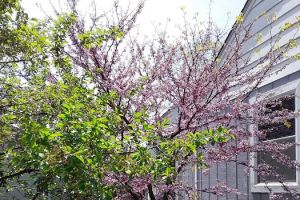
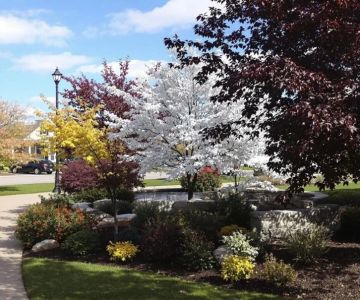
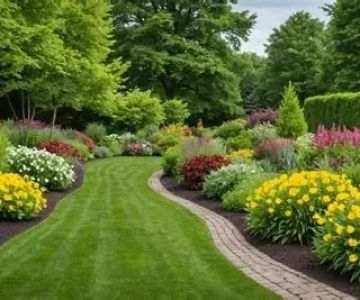

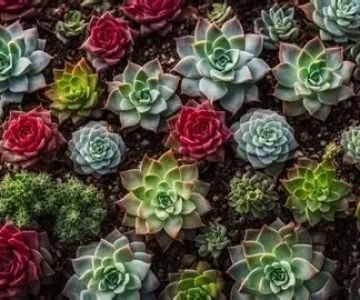
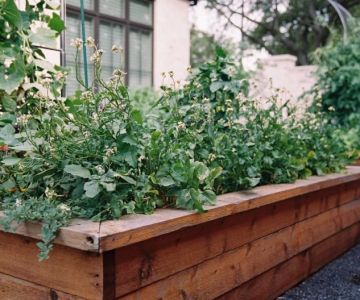
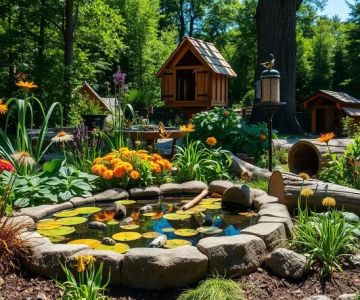
 Infinity Lawn & Landscaping4.0 (52 reviews)
Infinity Lawn & Landscaping4.0 (52 reviews) QualityWorks Trademark LLC4.0 (30 reviews)
QualityWorks Trademark LLC4.0 (30 reviews)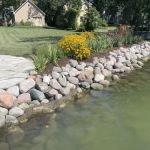 Eubanks Environmental5.0 (10 reviews)
Eubanks Environmental5.0 (10 reviews) BrightView Landscape3.0 (16 reviews)
BrightView Landscape3.0 (16 reviews) Statements In Stone Pool and Patio4.0 (47 reviews)
Statements In Stone Pool and Patio4.0 (47 reviews) Schmitt's Landscape Tree service North Aurora4.0 (4 reviews)
Schmitt's Landscape Tree service North Aurora4.0 (4 reviews) How to Landscape for Seasonal Wildlife Attraction in Your Garden
How to Landscape for Seasonal Wildlife Attraction in Your Garden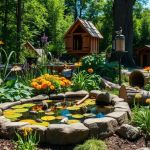 How to Build a Wildlife Habitat Garden That Supports Biodiversity
How to Build a Wildlife Habitat Garden That Supports Biodiversity How to Use Garden Art to Add Personality to Your Outdoor Space
How to Use Garden Art to Add Personality to Your Outdoor Space How to Plan Outdoor Fire & Water Features Harmoniously for Your Garden
How to Plan Outdoor Fire & Water Features Harmoniously for Your Garden How to Revive a Neglected Lawn Step by Step
How to Revive a Neglected Lawn Step by Step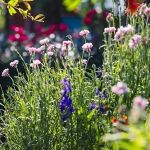 How to Choose Native Shrubs That Thrive Without Fertilizer
How to Choose Native Shrubs That Thrive Without Fertilizer